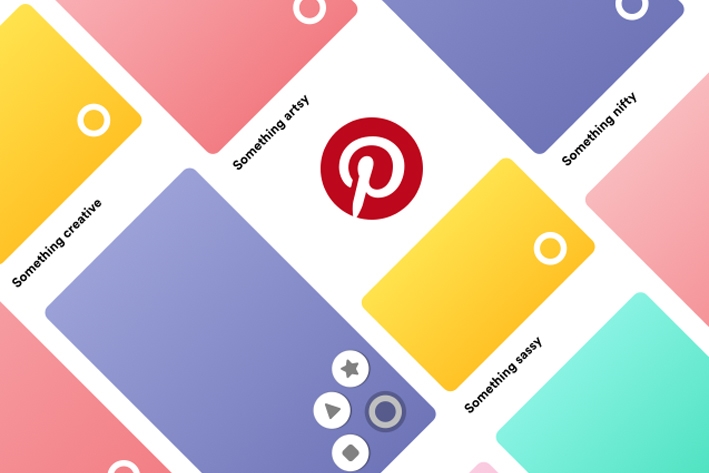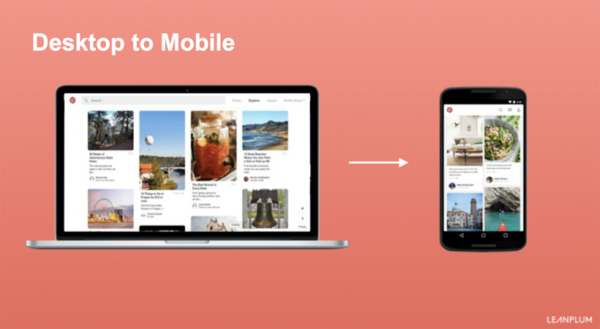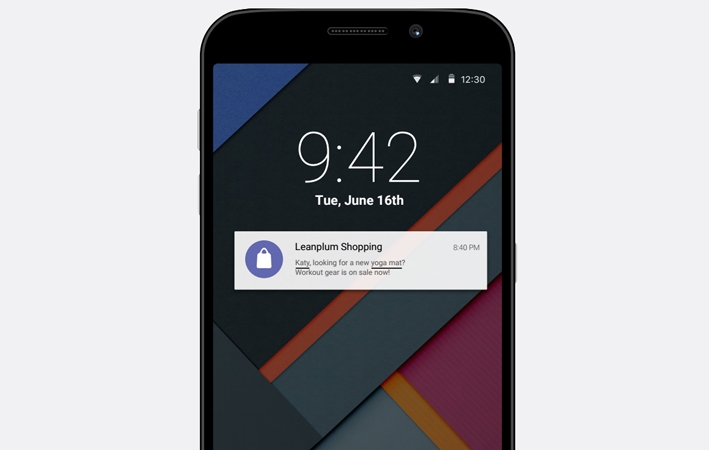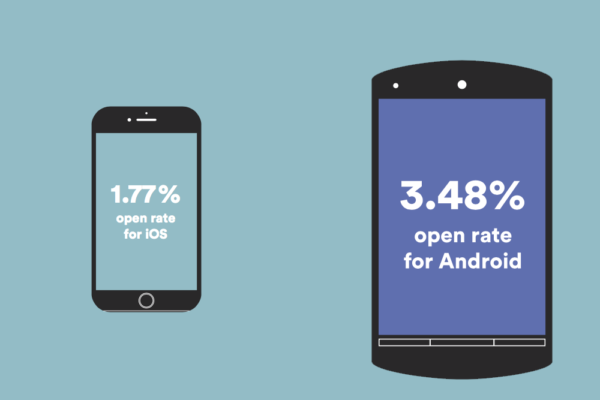— August 3, 2017

Hope you all had a chance to check out our latest webinar, Ideas Worth Pinning. We spoke to John Egan, Growth Engineering Manager at Pinterest, about how the company drives growth on mobile. If you missed the event, don’t worry: you can still watch the recording.
Pinterest may not have started as a mobile-first platform, but its mobile audience has since exceeded desktop. Right now, it’s hard to imagine Pinterest as anything but a mobile product. How did it reach this stage? Keep reading to find out!
What Makes Mobile Different?

Mobile is a powerful medium, but it brings its own unique challenges to the table. One such challenge is the release cycle. The App Store submission process means new updates aren’t immediately available for users. Worse yet, if the update is buggy or poorly received, it could take days to push out a patch. Mobile app updates are higher risk than website updates, so they should be tested for longer before they hit the App Store.
For John, one way around this problem is to test new updates internally before releasing them to the public. Pinterest employees can beta test new features to catch bugs and poor UX before risking a full release. There’s still the possibility that the external audience will respond differently than Pinterest staff, but this technique mitigates the odds of a disastrous release.
Another approach is to use something like Leanplum’s App Editor to release updates without going through the App Store re-submission process. The App Editor gives mobile teams direct access to in-app variables through the Leanplum dashboard, so you can toggle features on and off without touching the code. This helps you iterate more quickly, knowing that it won’t take days to hide an ineffective feature.
What Sort of Messages Should Marketers Send?
There’s little doubt that mobile messaging is a must. Our earlier study found that personalized push notifications can increase retention by 7x. But what type of messages should app marketers send to maximize impact?
John argues that mobile messaging should be an extension of the product’s core value. For Pinterest, this means recommendations.
Over the years, Pinterest has grown into more of a discovery platform than a social network. Indeed, John found that sending notifications for likes and favorites wasn’t as effective as sending recommended pins based on each user’s browsing history. These messages deliver value as an extension of the app, so they don’t feel spammy or unwarranted.
Going one step further, John suggests targeting messages as precisely as possible. A user who likes dogs might appreciate other pins related to dogs, but what if you could determine their favorite breed from their browsing history? The person will likely respond better to pins about English Bulldogs or Beagles rather than just dogs.
What Metrics Matter the Most?
In a sense, this is a trick question. The most reliable way to measure marketing impact is to track every metric. That way you’ll find out if any metric changes, even if you thought it was unrelated.
Still, when it comes to planning long-term strategy, it helps to optimize around a few key metrics. For Pinterest, weekly active users (WAU) is the most important metric. It shows how many users are visiting the app on a regular basis. Acquisition and monetization matter too, but user retention is the glue that holds app businesses together.
In terms of push notifications, John suggests tracking both open rates and time to open. However, the caveat is that these metrics vary between operating systems. As we discovered in one of our Marketing Trends reports, Android has double the push open rates of iOS, while iOS users open messages 7x faster.
Our hypothesis is that iOS push notifications are more ephemeral. Once the message disappears from the lock screen, it’s out of sight and out of mind. Meanwhile, Android devices deliver a reminder when an unread push is pending. As a result, iOS users are in the habit of opening faster.
Whatever the reason, what matters is that you’re aware of the discrepancies between platforms when you’re analyzing campaign results.
Pin These Mobile Growth Strategies
Hopefully this offers a glimpse at the growth strategies that’ve taken Pinterest this far.
Digital & Social Articles on Business 2 Community
(159)
Report Post







